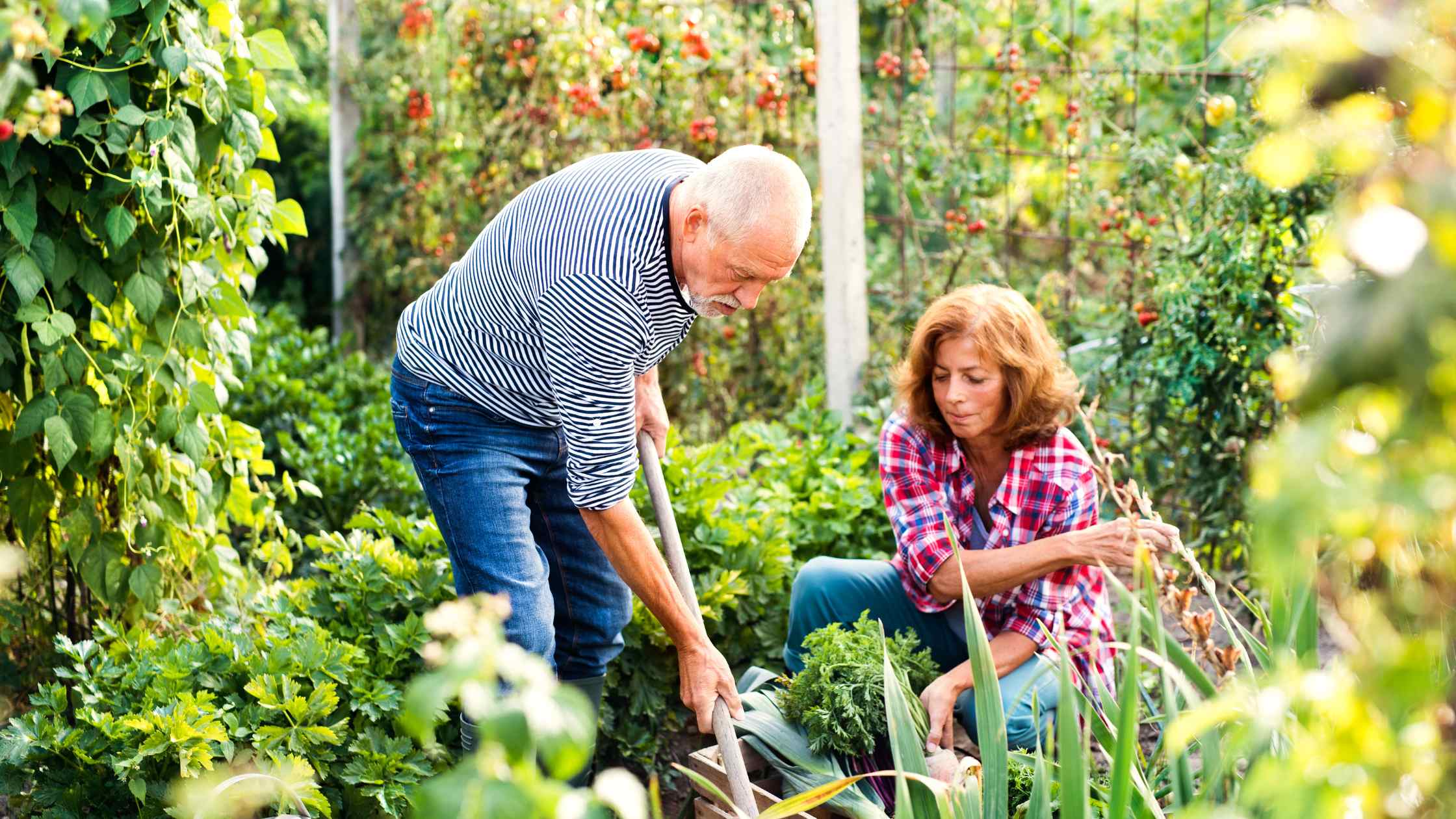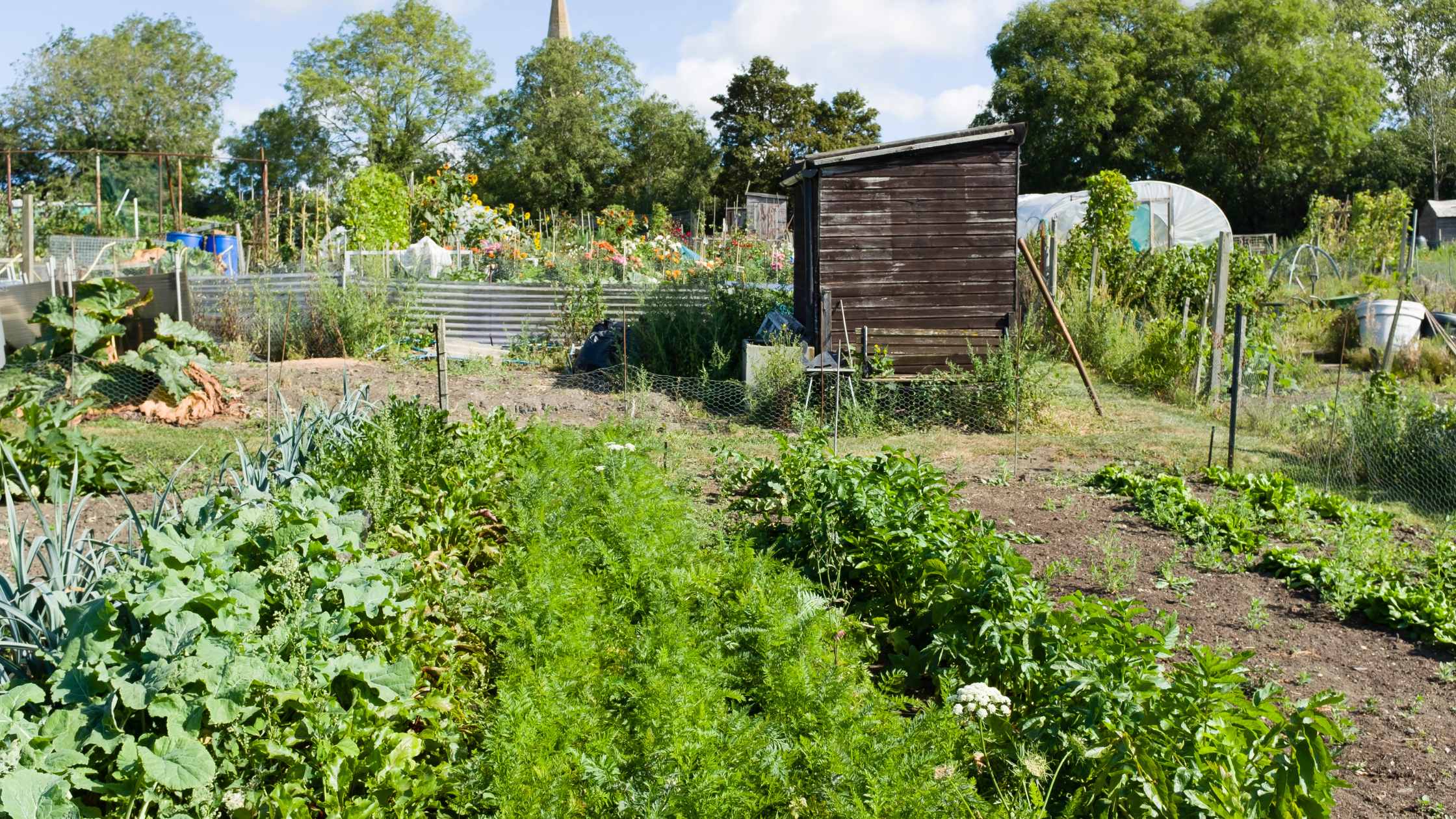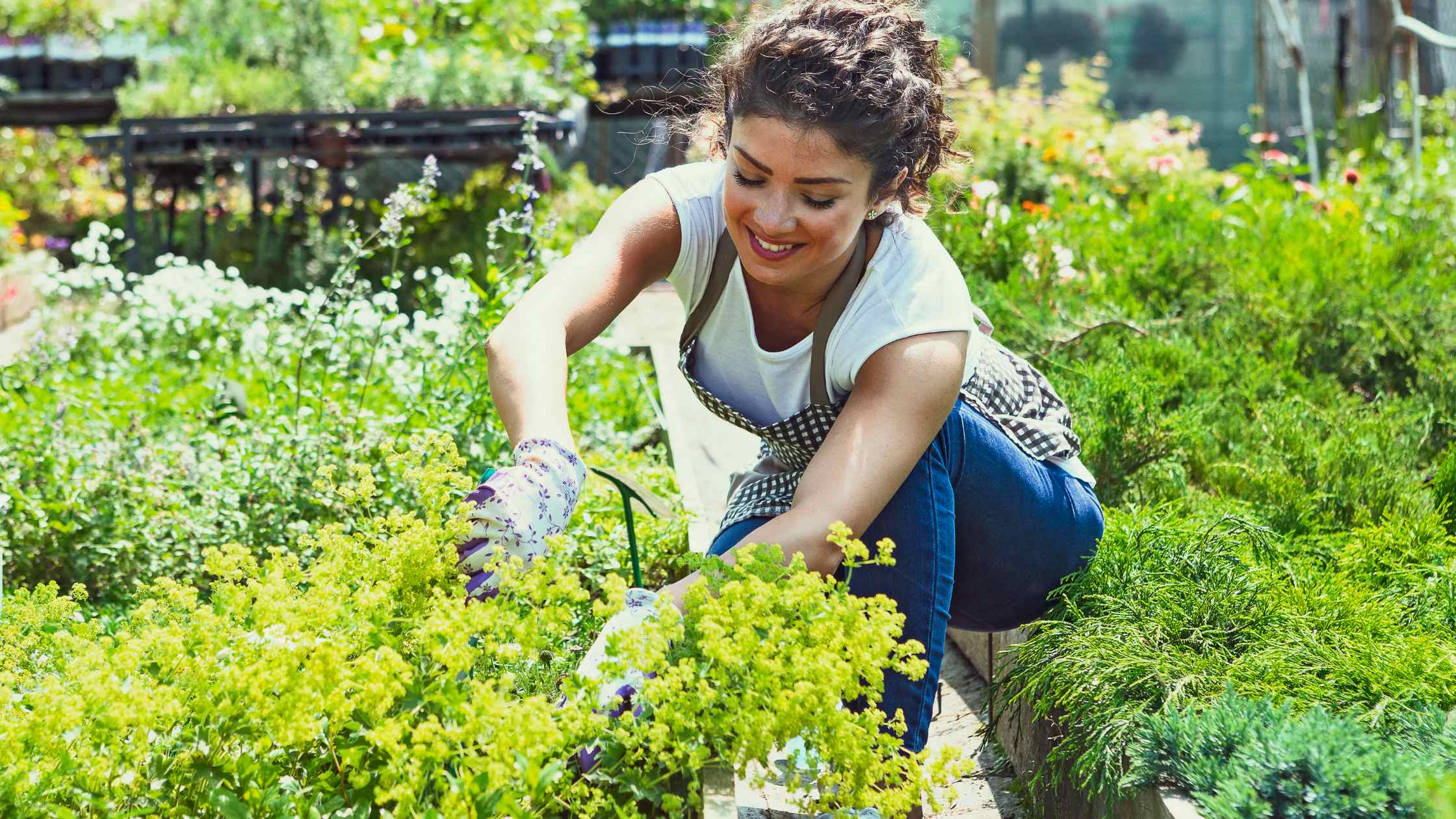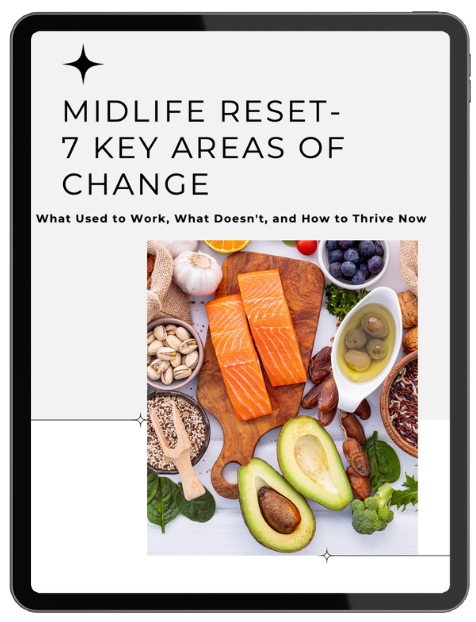Today, I want to let you in on a little secret that has revolutionised how I garden: Biointensive Gardening. If you have a small space but dream of bountiful harvests, this is the technique you’ve been waiting for.
Get ready to dive into sustainable agriculture, organic gardening, and intense plant growth.
I’ll show you how to unlock the full potential of your garden, regardless of its size, using simple yet effective techniques. So, grab your gardening gloves and let’s get started!
What is Biointensive Gardening?
You might be wondering, “What on earth is Biointensive Gardening?” Well, it’s a holistic approach to gardening that aims to maximise yields while minimising resource inputs.
Think of it as a supercharged version of traditional gardening, where every square inch of your garden is optimised for growth. The focus here is on building healthy, living soil and planting with precision so you get the most out of your small space.
The Power of High Yields in Small Spaces
One of the biggest advantages of Biointensive Gardening is its ability to produce jaw-dropping yields in even the tiniest of spaces. Using techniques like close planting, companion planting, and intercropping, you can create a lush, dense garden brimming with life. Imagine harvesting a cornucopia of delicious tomatoes, peppers, and herbs from just a few square feet of land. With Biointensive Gardening, this dream can become your reality.
Example: Let’s say you have a small backyard with limited space. Instead of planting a single row of tomatoes, you can create a tightly packed grid where each plant supports its neighbours. Tomatoes love the company of basil and marigolds. By planting them together, you create a thriving ecosystem that naturally repels pests and maximises space.
The ABCs of Biointensive Gardening Techniques
Now, let’s dive into some of the key techniques that make Biointensive Gardening so effective:
- Soil Fertility – Building healthy soil is the backbone of any successful garden. When you add compost, aged manure, and other organic materials, it creates a soil full of nutrients that feed your plants.
- Crop Rotation – Rotate your crops each season to prevent nutrient depletion and pest build-up. For instance, follow nitrogen-fixing legumes with heavy feeders like tomatoes, then follow with leafy greens.
- Companion Planting – Certain plants have a symbiotic relationship, benefiting each other when grown together. For example, planting carrots alongside onions can deter carrot flies and onion maggots.
- Raised Beds – Raised beds provide better drainage and allow you to plant densely without compacting the soil. They’re particularly useful for small spaces.
- Biodiversity – Embrace variety in your garden by planting different types of vegetables, herbs, and flowers.
This will attract helpful insects and make your ecosystem stronger and more adaptable.
Sustainable Gardening for Future Generations
Biointensive Gardening is more than just a way to get impressive yields; it’s a sustainable approach that cares for the Earth and ensures food security for future generations. By using organic practices, minimising water usage, and fostering biodiversity, you play a vital role in preserving our planet for the long haul.

Biointensive Gardening in Urban Settings
Living in a city doesn’t mean you can’t have a thriving garden. Biointensive Gardening is particularly well-suited for urban farming. You can cultivate a surprising quantity of food on balconies, rooftops, or windowsills.
It’s time to turn your concrete jungle into an oasis of fresh produce!
Efficient Water Management for Optimal Growth
Water is a precious resource; in small-space gardening, it’s crucial to use it wisely. Biointensive Gardening incorporates various water-efficient techniques to ensure plants get the hydration they need without waste. Drip irrigation systems, mulching, and water-saving practices like collecting rainwater can make a significant difference. By optimising water usage, you not only conserve this valuable resource but also foster healthier and more productive plants.
Example: For a small balcony garden, you can set up an uncomplicated drip irrigation system that supplies water directly to the plant roots, which helps reduce evaporation and runoff. Combine this with organic mulch around your plants to maintain soil moisture and stop weed growth, which will benefit your garden even more.
Nurturing Soil Health for Long-Term Sustainability
Biointensive Gardening strongly emphasises maintaining soil health, which means going beyond simply adding compost. Regularly monitoring soil pH and nutrient levels, practising no-till or low-till techniques, and incorporating cover cropping are all essential to nurturing your soil.
Healthy soil teems with beneficial microorganisms, promoting nutrient cycling and supporting robust plant growth. Taking care of your soil today means ensuring a fruitful garden for many seasons.
Example: To improve soil health, plant a cover crop of nitrogen-fixing legumes like clover or vetch during the off-season. When these crops are turned into the soil, they add organic matter and fix nitrogen, enriching the soil for your next planting.
Embracing Permaculture Principles for Resilience
Permaculture, a key aspect of Biointensive Gardening, encourages us to observe and mimic nature’s patterns to create sustainable and self-sufficient ecosystems. By observing how natural systems work, you can design your garden to minimise waste, maximise efficiency, and promote resilience in the face of challenges like pests or extreme weather events. Embrace permaculture principles, such as designing guilds and creating closed-loop systems, to take your small-space garden to the next level of ecological balance.
Example: In a permaculture-inspired garden, you could create a fruit tree guild, where complementary plants like nitrogen-fixing shrubs, herbaceous ground covers, and beneficial insect-attracting flowers surround the tree. This diverse and interconnected planting benefits the tree and creates a thriving mini-ecosystem.

Conclusion: Your Garden, Your Paradise
So, my fellow gardeners, I hope you’re as excited about Biointensive Gardening as I am! It’s a fantastic way to make the most of limited space, achieve high yields, and contribute to a sustainable future.
Whether growing luscious tomatoes in a small backyard or cultivating a rooftop garden in the city’s heart, this technique can transform your space into a green paradise.
Remember, Biointensive Gardening is all about working with nature, not against it. Nurture your soil, choose your plants wisely, and watch your garden thrive like never before. So, roll up your sleeves, get your hands dirty, and embark on this journey of growth, abundance, and connection with the Earth. Happy gardening!



